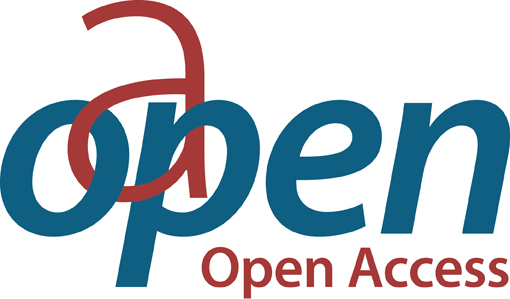Chapter Atto e i Pistoiesi
| dc.contributor.author | Valbonesi, Maria | |
| dc.date.accessioned | 2024-12-20T12:35:02Z | |
| dc.date.available | 2024-12-20T12:35:02Z | |
| dc.date.issued | 2024 | |
| dc.identifier | ONIX_20241220_9791221503357_203 | |
| dc.identifier.issn | 2975-1225 | |
| dc.identifier.uri | https://0-library-oapen-org.catalogue.libraries.london.ac.uk/handle/20.500.12657/96408 | |
| dc.language | Italian | |
| dc.relation.ispartofseries | Fragmentaria. Studi di storia culturale e antropologia religiosa | |
| dc.subject.classification | thema EDItEUR::N History and Archaeology::NH History::NHB General and world history | |
| dc.subject.other | devotion | |
| dc.subject.other | holiness and civic identity | |
| dc.subject.other | folklorism | |
| dc.title | Chapter Atto e i Pistoiesi | |
| dc.type | chapter | |
| oapen.abstract.otherlanguage | In the relationship between bishop Atto and the Pistoiese people, two periods should be distinguished: the one during his life (1133-1153) characterized by political-economic conflict culminating with the excommunication of the magistrates of the Municipality and by the subsequent reconciliation through the purchase of the relics of saint Jacob and the cult of the patron; and the other one after his death. The accidental discovery of his uncorrupted body in 1337 (it has remained so to our days) and the miracles to him later attributed have given rise to a strong and constant popular devotion even before Atto was officially declared a saint by the Church in 1605. | |
| oapen.identifier.doi | 10.36253/979-12-215-0335-7.16 | |
| oapen.relation.isPublishedBy | bf65d21a-78e5-4ba2-983a-dbfa90962870 | |
| oapen.relation.isbn | 9791221503357 | |
| oapen.series.number | 8 | |
| oapen.pages | 10 | |
| oapen.place.publication | Florence |

